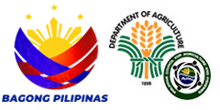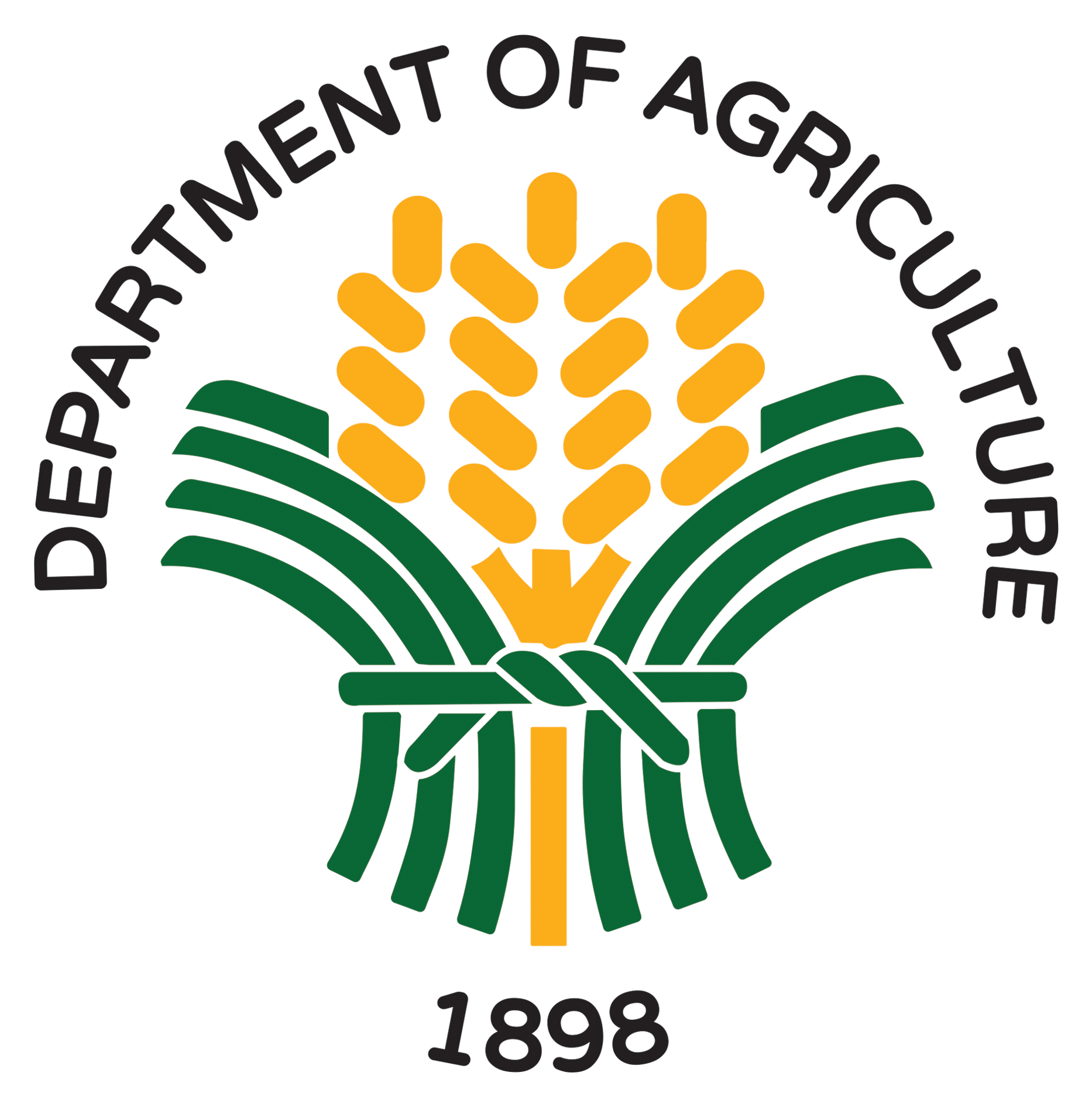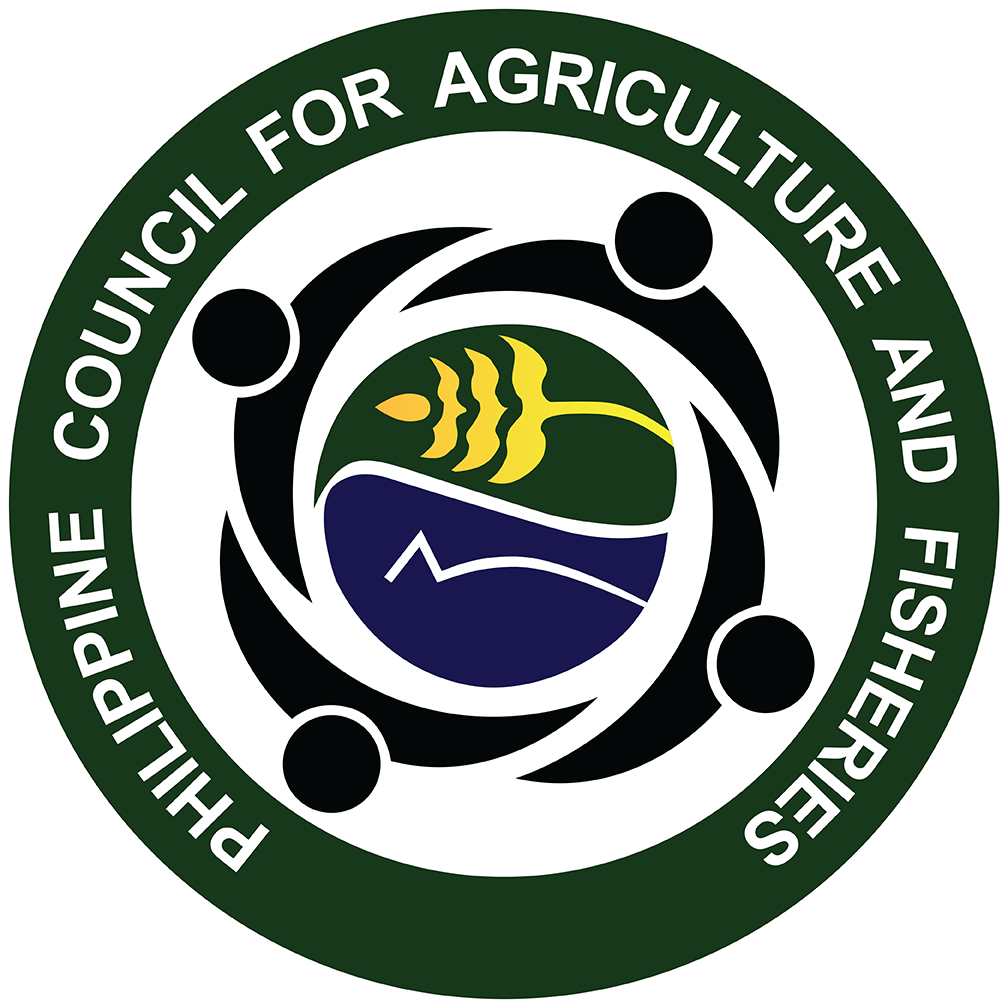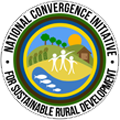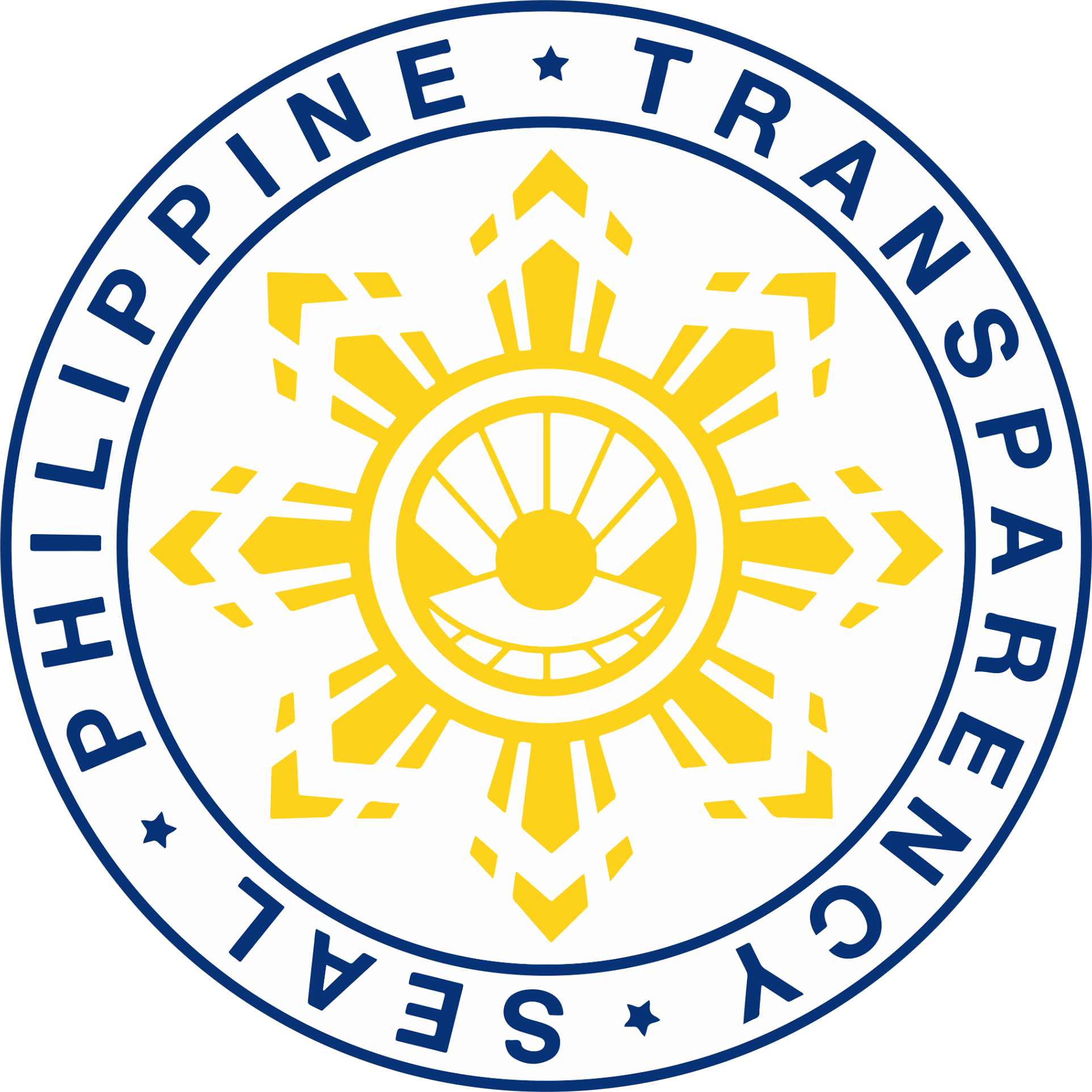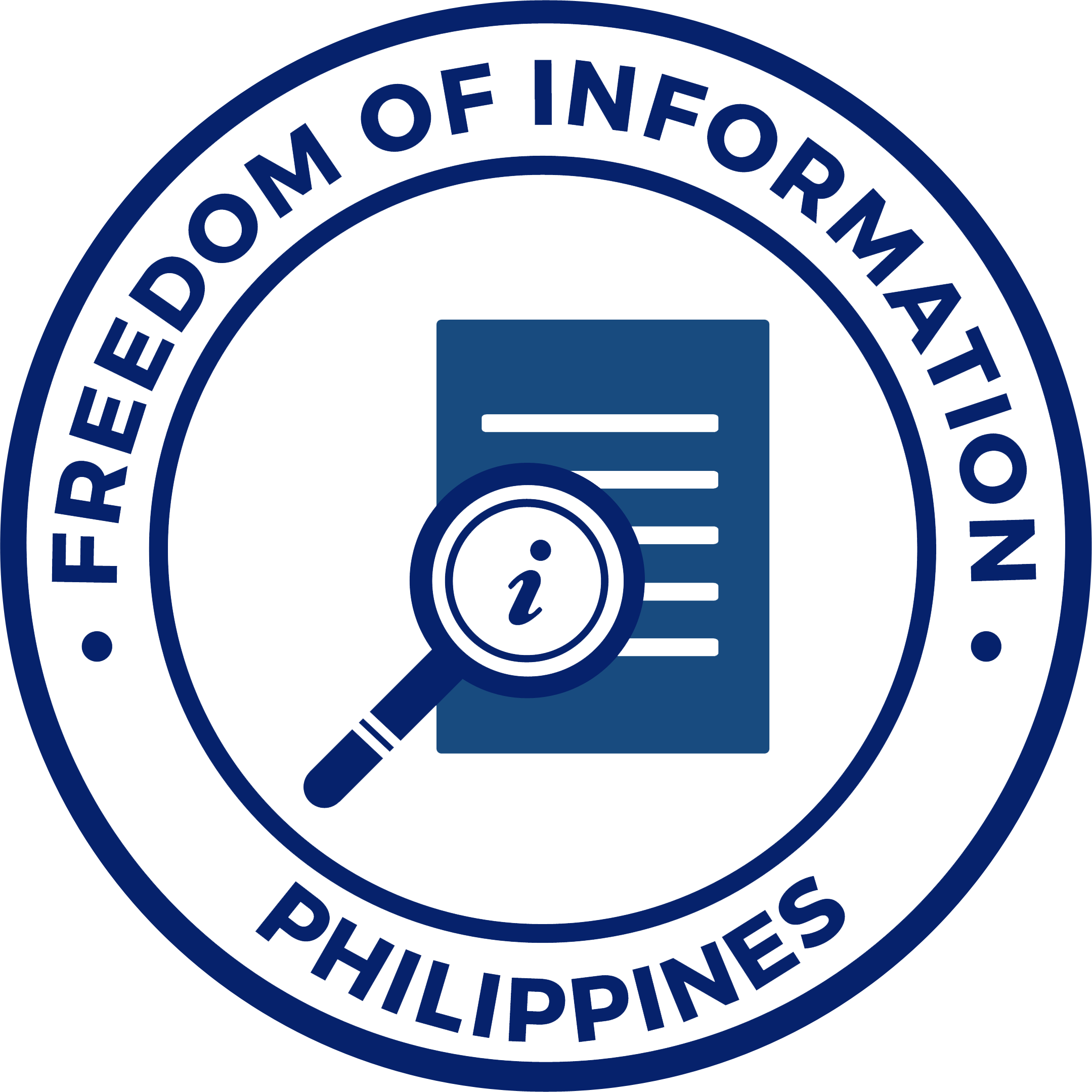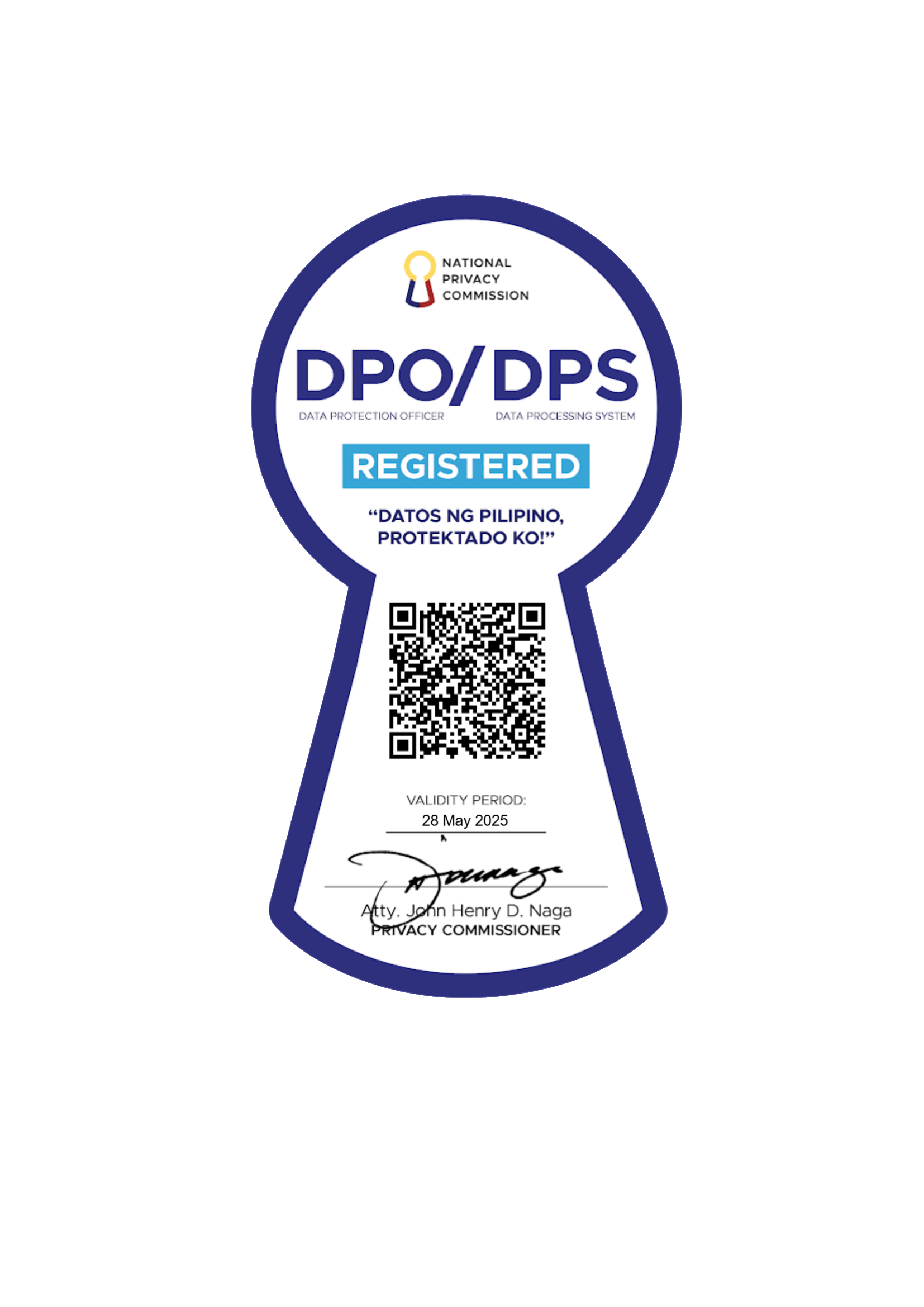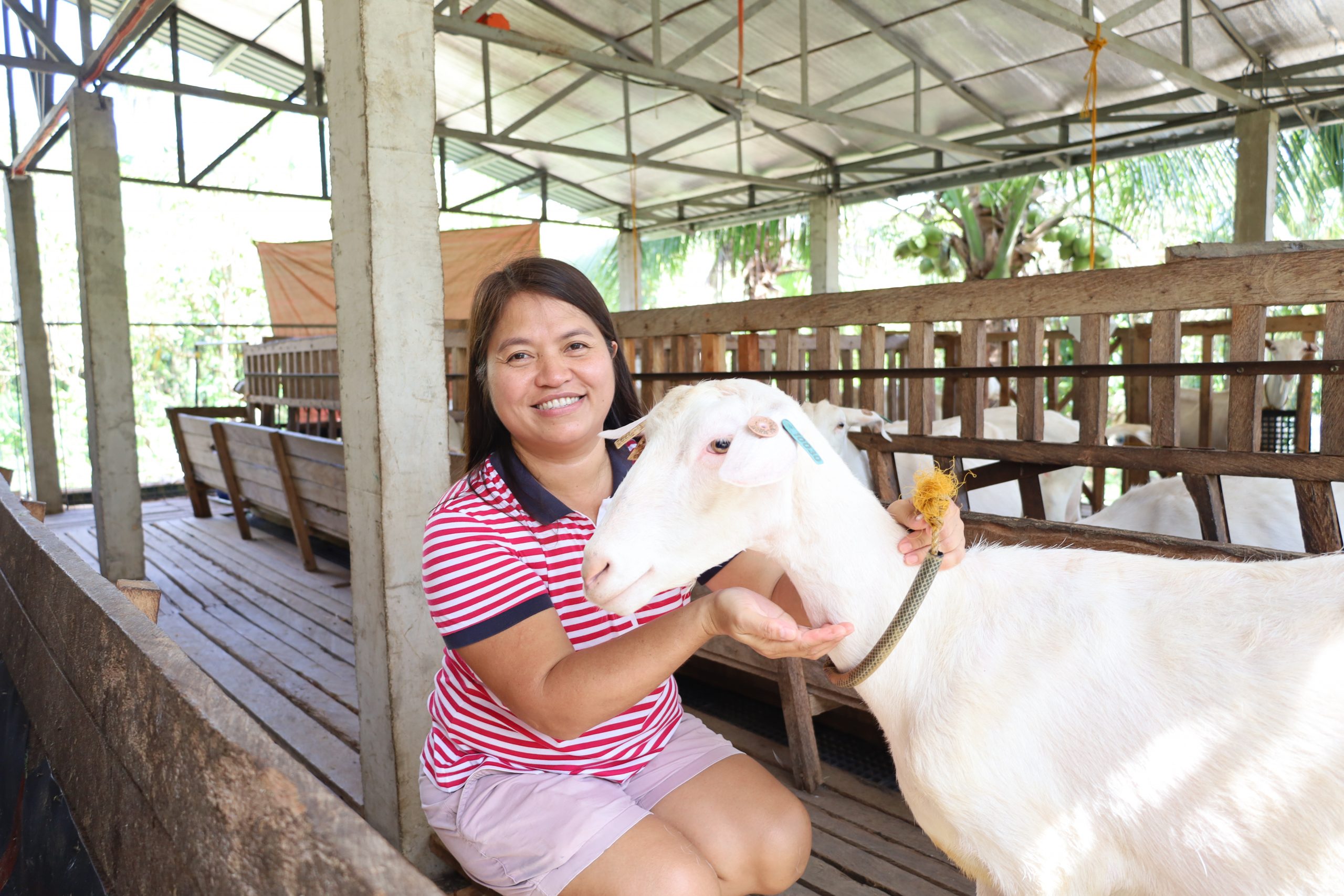
In the Philippines, goats are known to be the healthier and more economical alternative source of protein. Their meat is naturally lean and rich in iron, with protein content leveling with that of pork and beef.
These qualities, along with the spread of transboundary diseases among other animal protein sources, are what enticed Luzviminda Giangan of San Antonio, Quezon to try her luck in raising slaughter goats for livelihood and securing her family’s future.
However, with a mere Php5,000 in earnings after tending the goats for three to five months for butchering, she knew that this will not suffice.
The beginning of a dairy goat enterprise

On June 26, 2021, Giangan, along with her aunt, Victoria Gomez, received a total of 20 Saanen does and 1 Saanen buck from the Department of Agriculture-National Dairy Authority (DA-NDA). They were chosen as the first-in-line recipients of dairy goats from the San Antonio Food Innovators Rural Improvement Club (SAFIRIC), a beneficiary of the Intensified Community-Based Dairy Enterprise Development (ICBDED) Project.
The project, which is set to run for four years and sustained thereafter, aims to increase the number of dairy animals (goats and cattle) to boost the country’s milk production towards self-sufficiency while also helping the farmers attain higher income.
Giangan and Gomez underwent training on goat husbandry, nutritional management, and other preparations to ensure safety and the sustainability of the project.
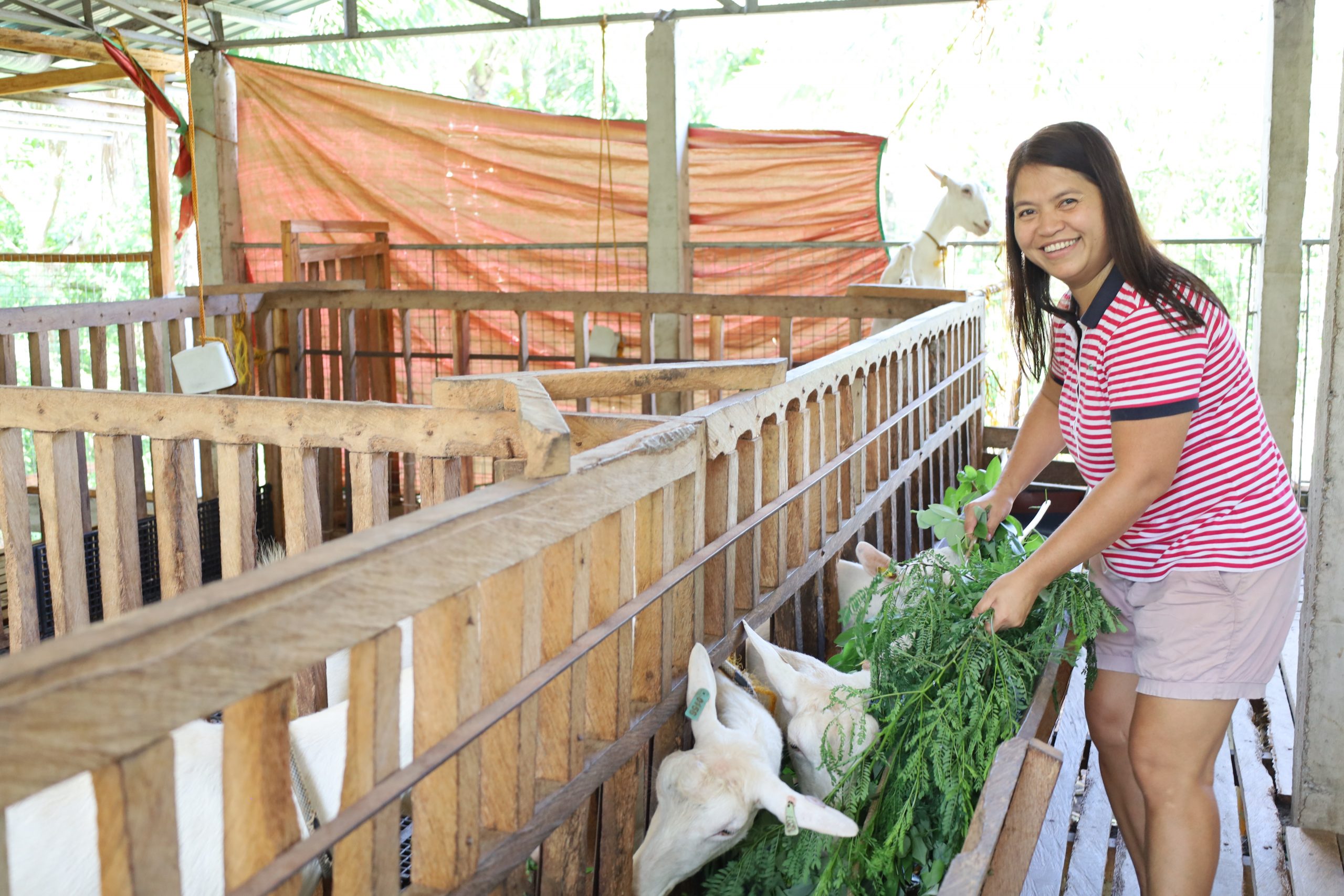
“From 1 hectare noon, nag-allot na din kami ng two hectares [of land] para sa forages ng mga kambing, mayroong ipil, napier, at pakchong. Sa susunod baka magtanim na din kami ulit ng corn for silage,” Giangan added.
With diligence and determination, they were able to grow their herd to more than a hundred heads in just almost two years.
Milking success from dairy goats
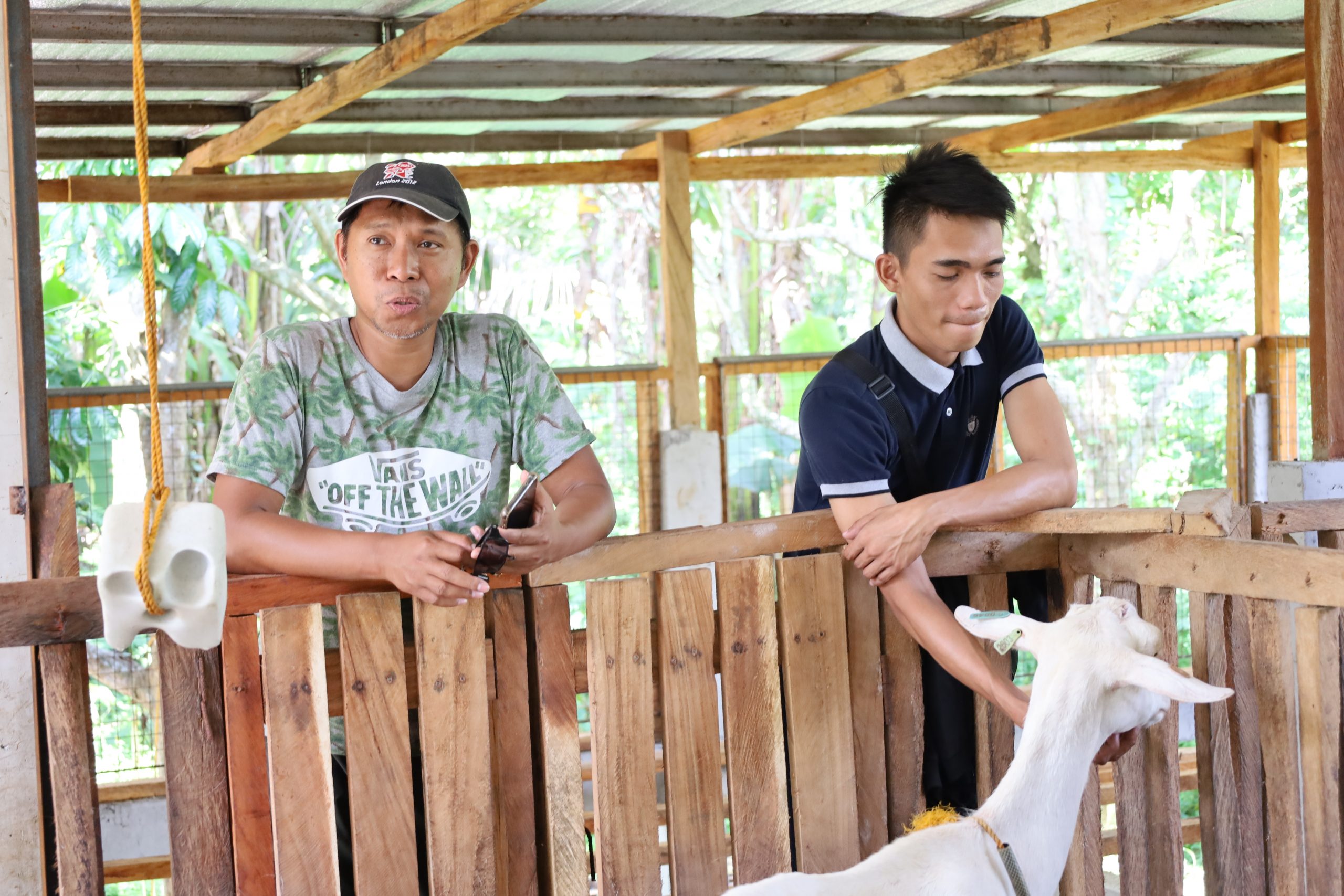
“Generally, three to four years talaga ang timeline na expected namin bago kumita yung mga beneficiaries from the dairy enterprise. Kaya lang ginalingan nila Ma’am Minda, kaya kahit papaano ay nag-start na sila magbenta at kumita,” MJ Miraflor of the DA-NDA said.
Together with the DA-NDA representatives, the Philippine Council for Agriculture and Fisheries (PCAF) visited the dairy goats, distributed to Giangan and Gomez, on June 1, 2023.
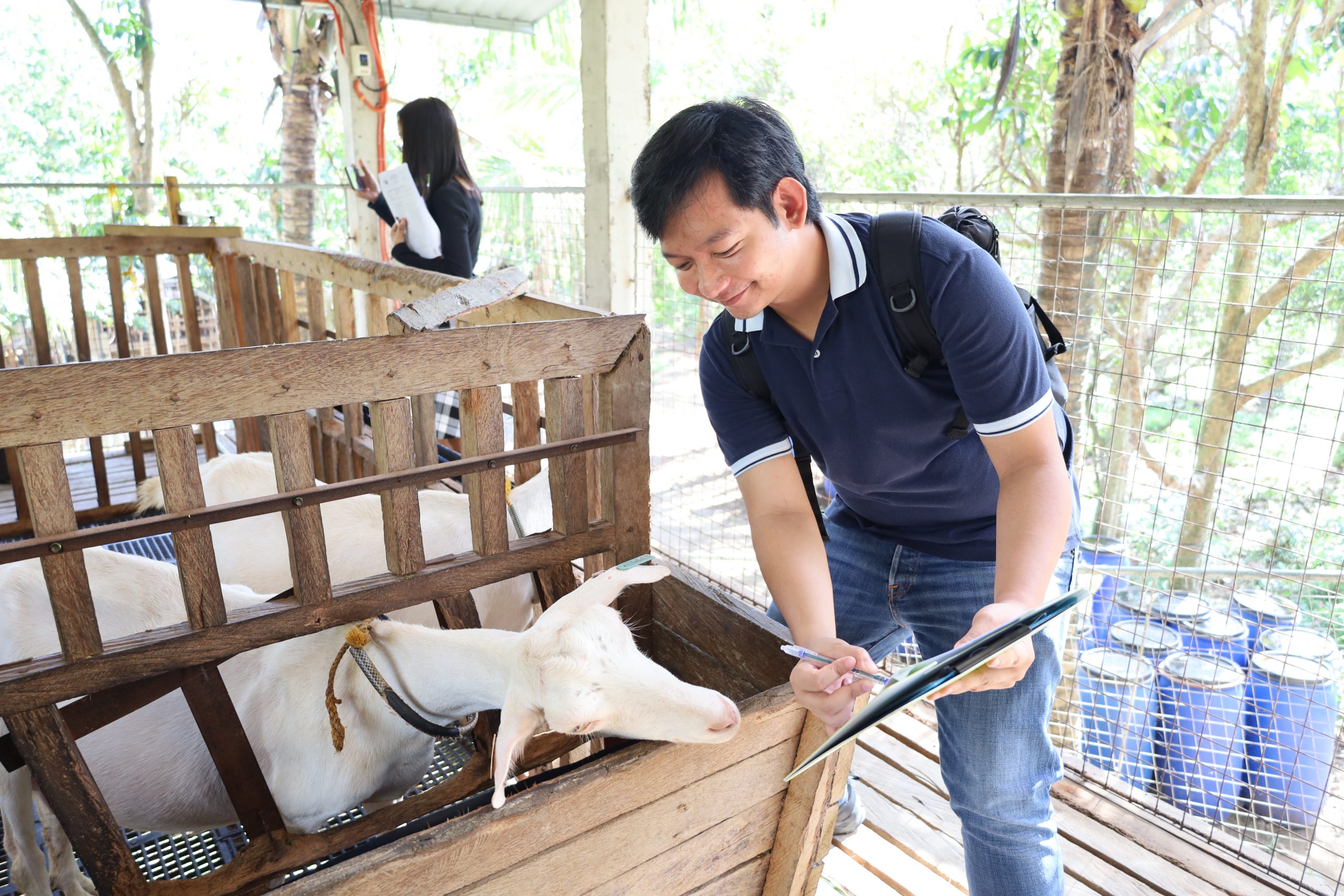
When asked about how they were able to increase the number of goat heads, Giangan said that they followed the proper protocol of separating the goats based on sex, age, and condition.
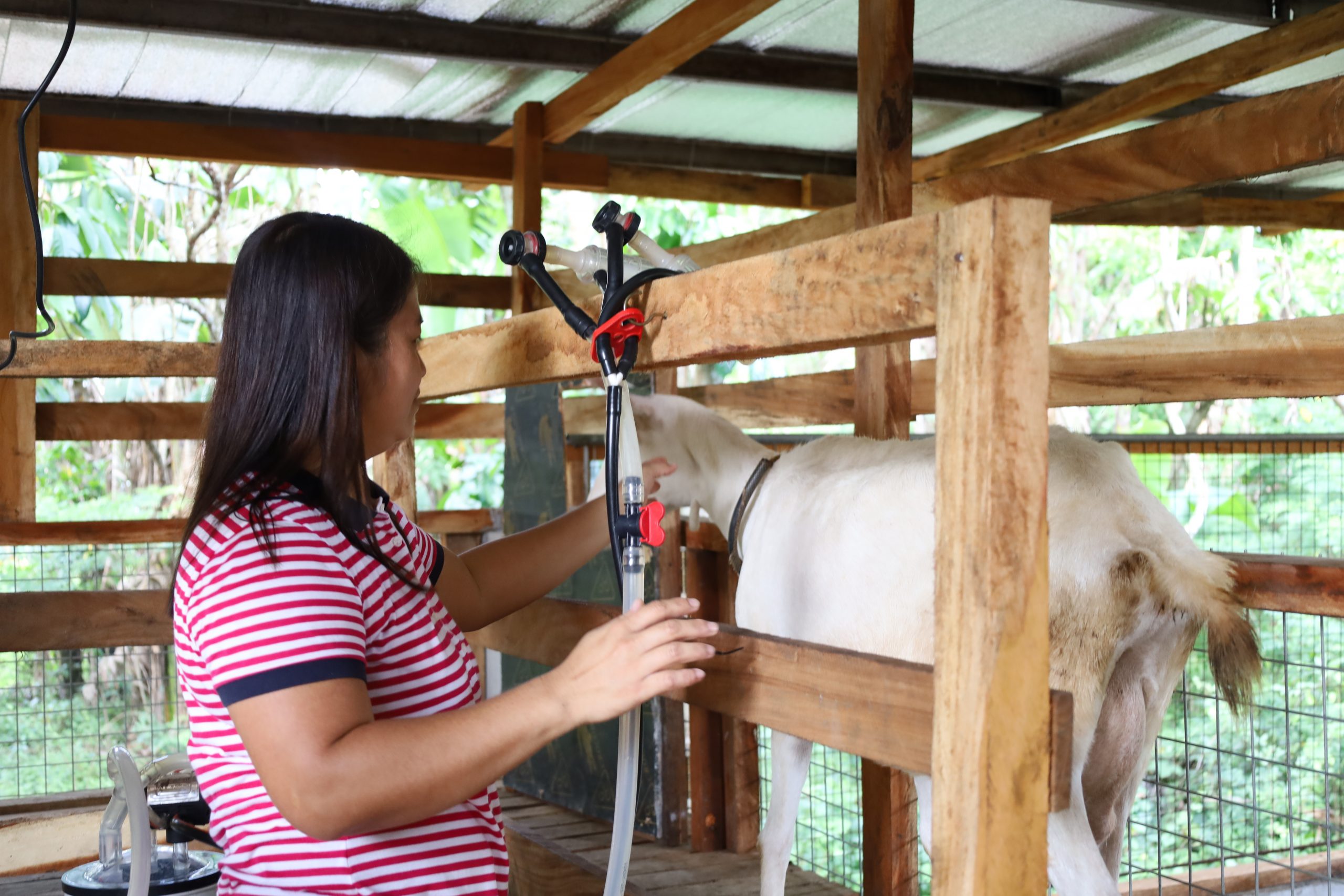
“Para mas maalagaan sila, tulad ng mga kids and pregnant, magkakahiwalay talaga sila. Kung makikita niyo dun sa farm kanina, hiwa-hiwalay ang housing ng nursery, milking, pati yung buck naka-separate,” Giangan explained.
Aside from successfully growing the number of their goats, Giangan and Gomez are now also producing an average of 40 to 50 liters of milk per day. Since this is more than enough for the kids’ daily milk requirements, they now sell raw and pasteurized milk, yogurt, and white cheese.
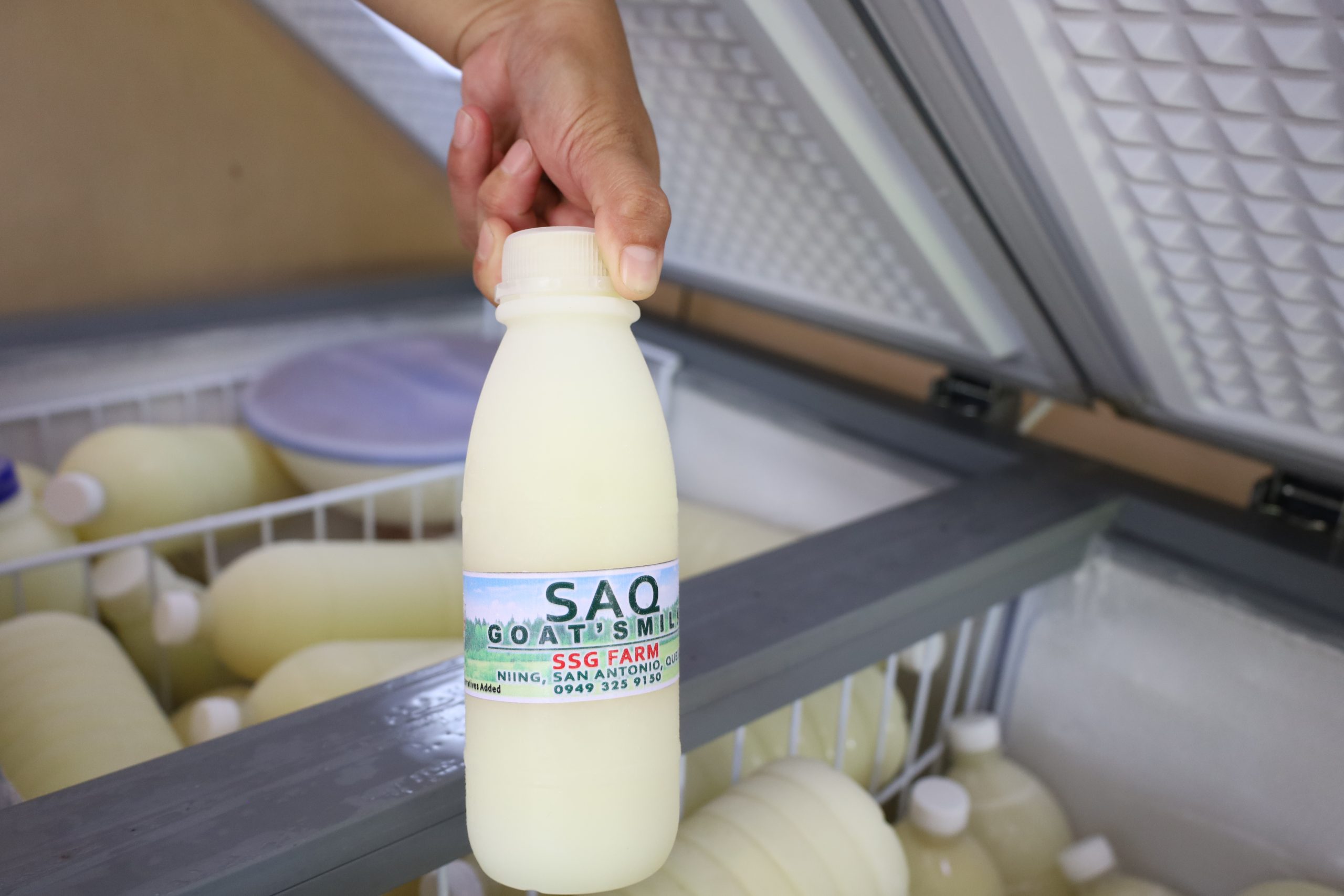
As of now, Giangan is pasteurizing and processing dairy products in their kitchen. She also shared that they are looking forward to establishing a dairy processing center in their area.
“Sana matulungan kami ng DA pagdating sa promotion and marketing ng dairy goat products. Mas maganda rin kung pati sila mismo ay isa sa market linkage namin, yung maconsider kami sa mga pinapamigay or sineserve sa activities nila,” she furthered.

Giangan and Gomez were already able to repay half of the heads lent to them through the ICBDED Project. They provided 10 Saanen does as repayment for the 10 heads they received.
Generally, recipients can pay by giving back a similar dairy animal for every animal they received. This way, the DA-NDA and the other cooperating agencies can ensure the sustainability of the project by distributing the dairy animal repayments to the next-in-line recipients.
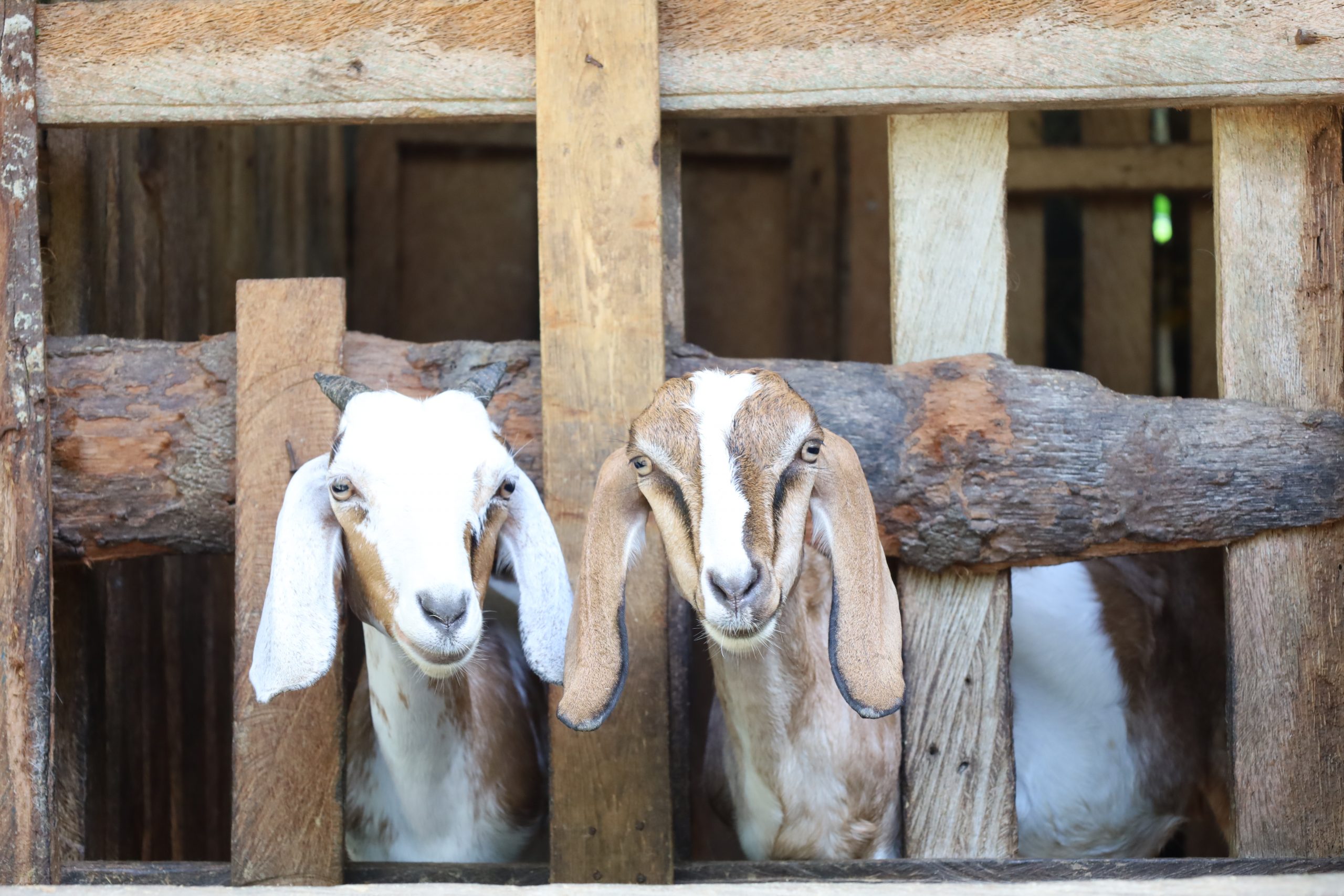
The PCAF serves as the fund manager and monitoring agency of the US PL-480 Title I Program, which funds the ICBDED Project. | JCL
